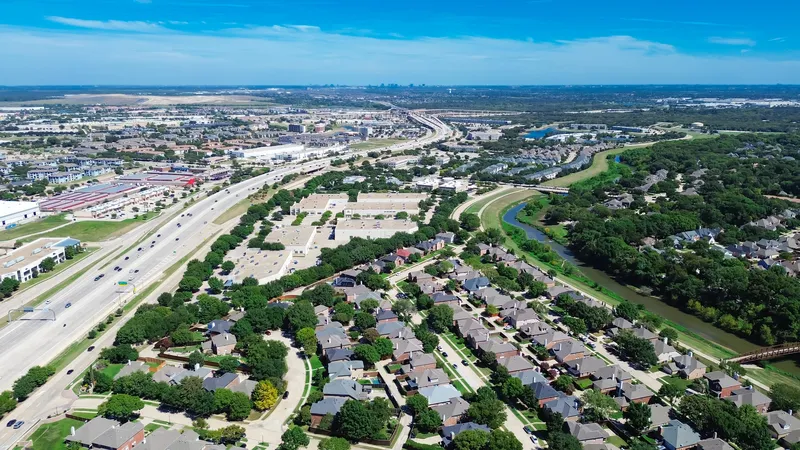Louisiana Department of Transportation and Development Secretary Sherri H. LeBas has announced the New Orleans Core ITS project that will outfit the I-10 corridor, from Kenner to the Central Business District (CBD), I-610 and US 90 Business with 24 new surveillance cameras and eight dynamic message signs. These will be monitored and operated by staff at the regional transportation management centre. The aim is to improve travel by helping drivers avoid traffic congestion and use alternate routes, ultimately
July 12, 2012
Read time: 2 mins
The project is estimated to cost between US$5-$7.5 million and take 6-9 months to complete, but the savings in traffic safety, vehicle hours and delay time will take on a whole new meaning during the many forthcoming special events scheduled to take place in the Crescent City. In addition, Captain Carl Saizan, commander of Louisiana State Police Troop B, says the project will provide important new emergency capabilities. "The future of first responder communications is interoperability amongst as many agencies as possible. This initiative will allow us to pre-determine traffic flow on the main arteries in the event of an evacuation requiring the activation of contraflow – something we didn’t have during Hurricane Katrina."








